The Musings
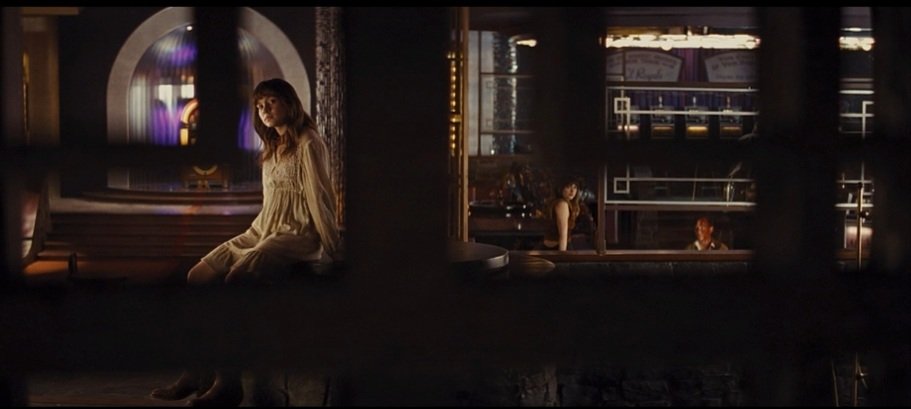
When The Actors Get To Set
By the time the actors get to set, your job is to be absolutely ready, not only for what has been planned, but for what might arise that you need to quickly adjust to.
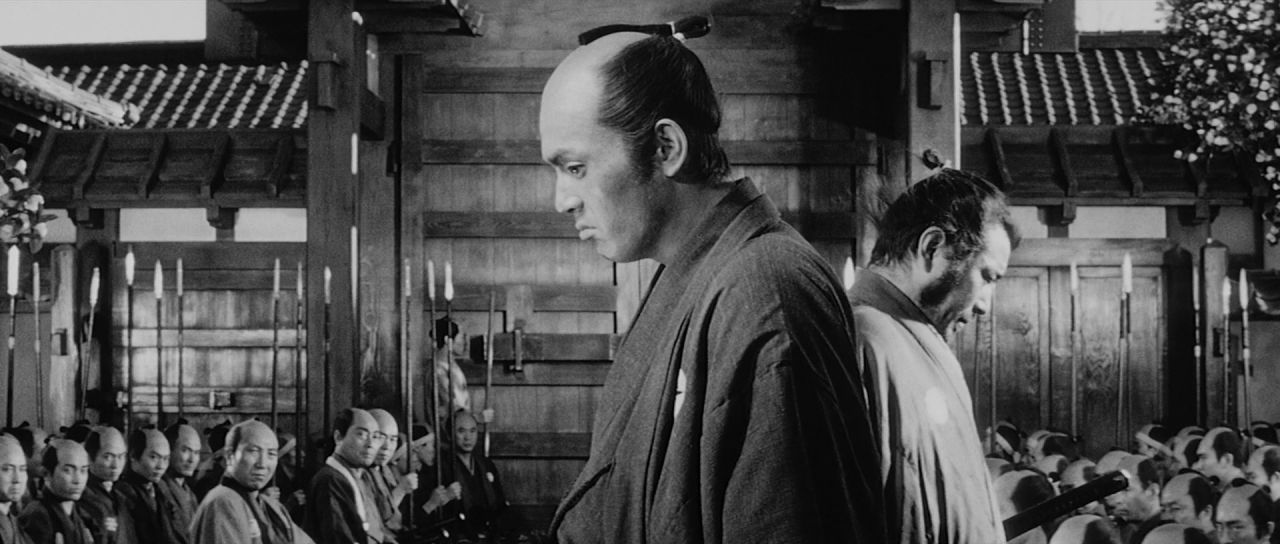
Quick Tip: Plastic Down on a Garage Floor AKA Sand is not Your Friend
At some point in your career, you will eventually find yourself in a garage, industrial space, etc., with a poured concrete floor.
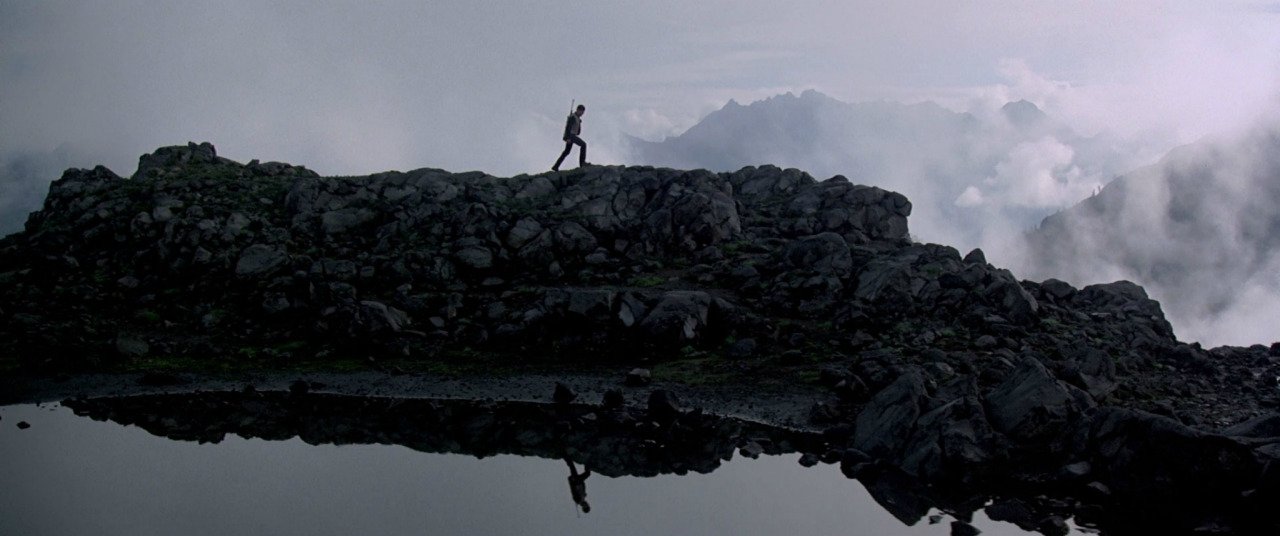
Location Gigs
Depending on who you are, location gigs can either be the greatest thing out there or the bane of your existence.
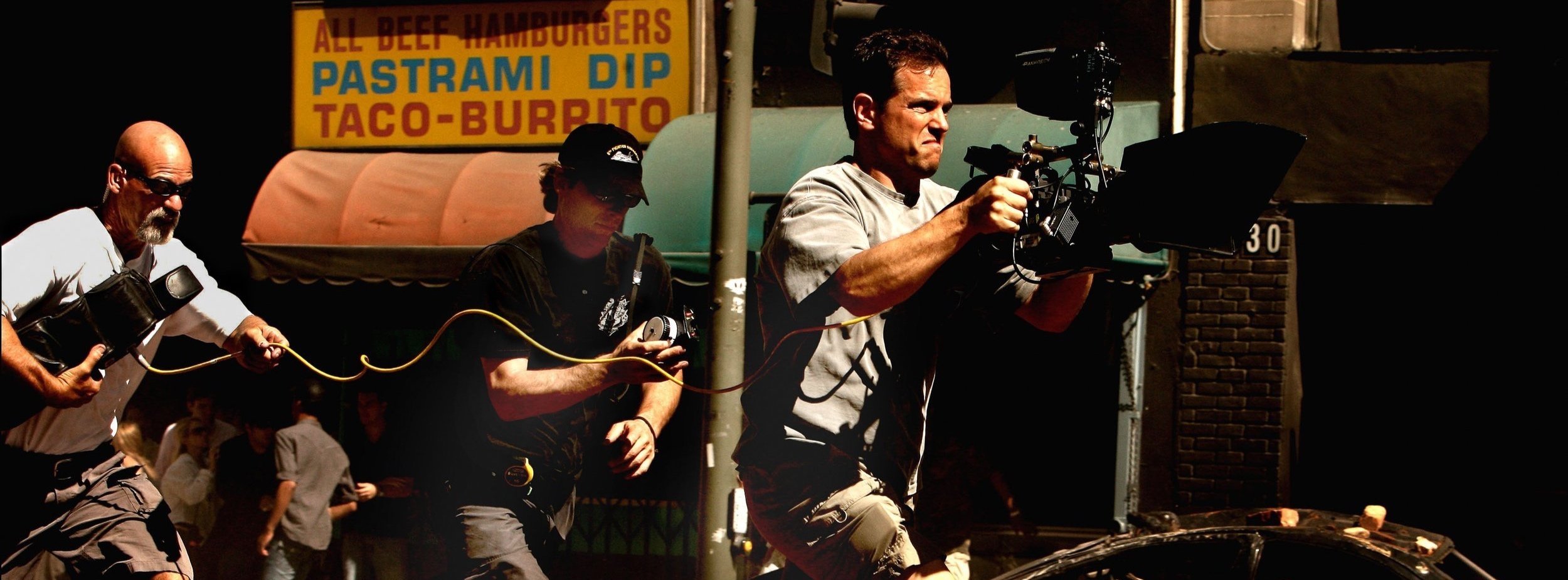
Quick Tip: Running With A Camera
Invariably, it is going to happen. You are going to be on set and the director is going to look at you and say, “Well, can’t you just run with them?” Note: any time you hear the word ‘just’, pay attention; it's never just ‘just’.
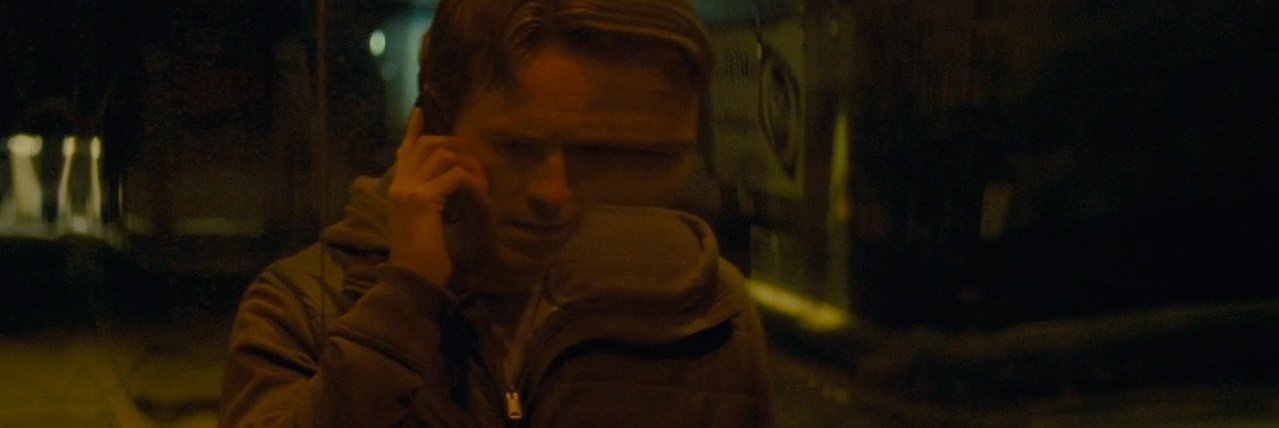
A Close Up of a Horse
I was working on a film once with a very big-name director, doing a Steadicam shot inside a stable involving a horse and the lead actor.
The director called in and said, “Start on a close-up of the horse and then pull back to reveal our hero.”
So, I moved in a little closer and framed up the horse from the tip of its nose to the top of the ears.
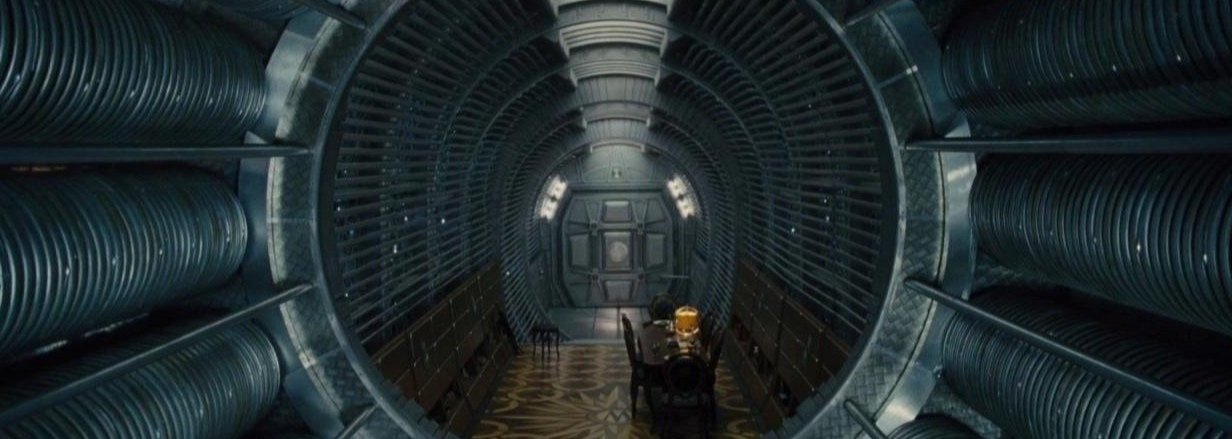
Quick Tip: Backwards Engineering
Once you get confident in what you are doing, backwards engineering is going to be your friend and what you do every single day. Now, when I say backwards engineering, I don't necessarily mean to start at the end of the shot and work backwards, but, rather, start at the hardest point of the shot and figure everything else out from there. You will find that this often determines the method of how you do a shot, and you will work everything else out around that.
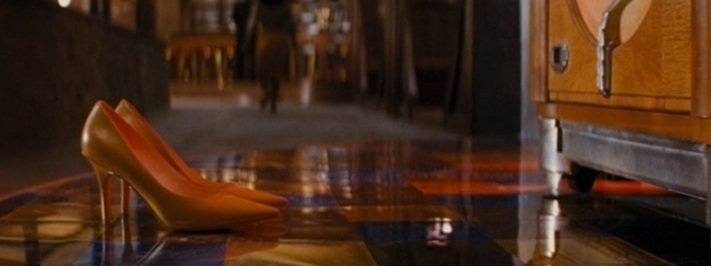
Be fun, Be Interesting, Be Memorable.
It goes without saying that in order to keep working in this industry you have to be good. Knowing your job, being dependable, being able to kill it in a tough situation, that is all extremely important. But having said that, you don't have to be the best, rather, you have to be good, and be someone that people want to be around.
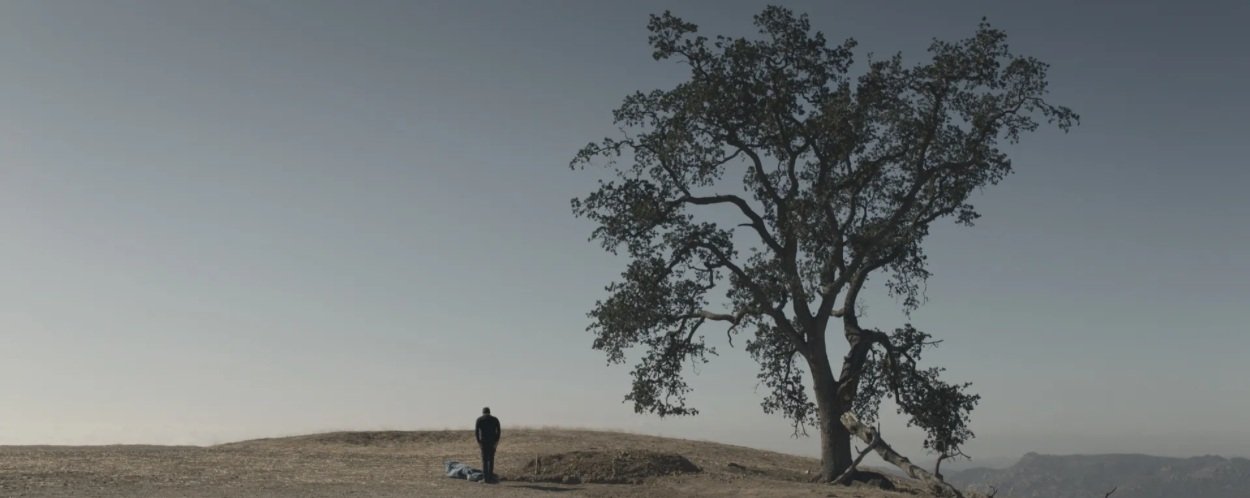
Beginning, Middle, and End
Any good well thought out shot that is advancing the story should have a beginning, middle, and end. Sometimes these are clear. The dolly starts to move as the individual enters the frame, it continues to move as the individual stops, and it ends as the second person enters the room and walks past the camera. Sometimes, they are not so clear and you need to manufacture them.
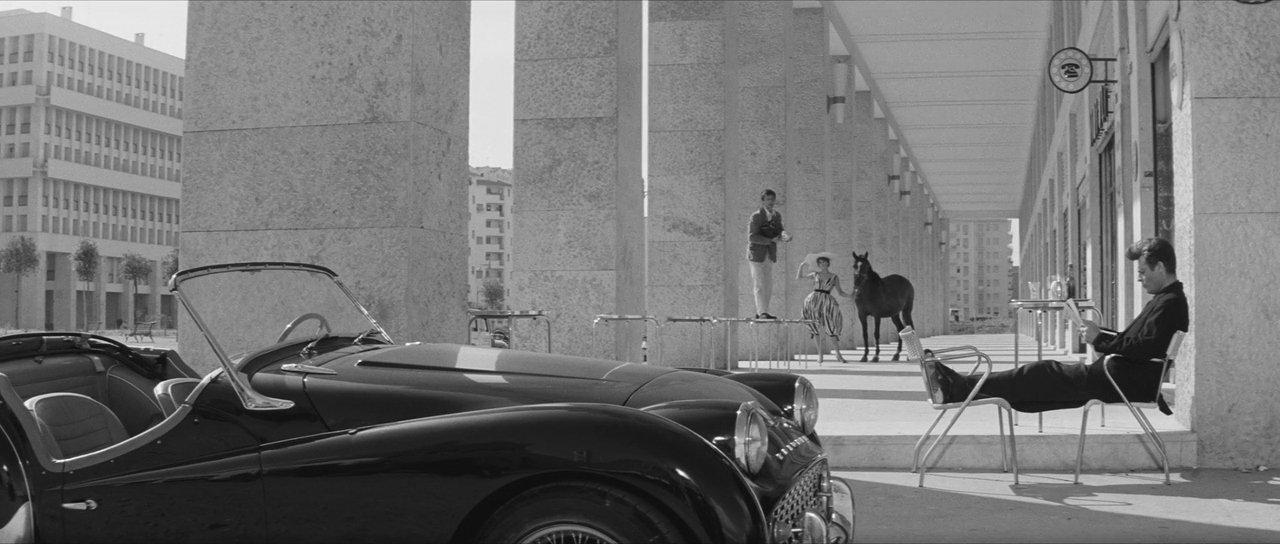
Quick Tip: Lock Offs
It happens occasionally that you will need to create a shot that is a full lockoff over time, or at least land a shot, lock off, and then begin the shot again from that exact same place. Usually this is because there is some change in the scene that has to do with a time lapse. It can be as simple as a dissolve from one thing to another (mom leaves the kitchen door and says don’t mess things up, camera locks and cuts while the set decs create chaos, and then rolling camera and having mom walk back into a complete mess), or multiple days of changes (camera dissolves through a series of scenes as the sun moves through the room).
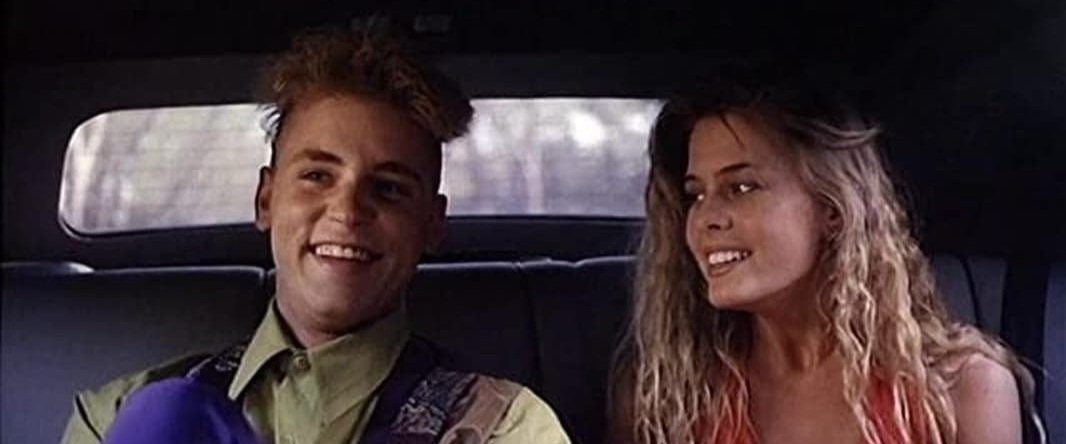
My First Reel
Centuries ago, when my hair was still black, my knees didn’t hurt, and I was trying to create a career for myself as a young steadicam operator, I got word that a cinematographer named Adam Kane – who some friends of friends of friends knew – was looking for a Steadicam operator for a feature.
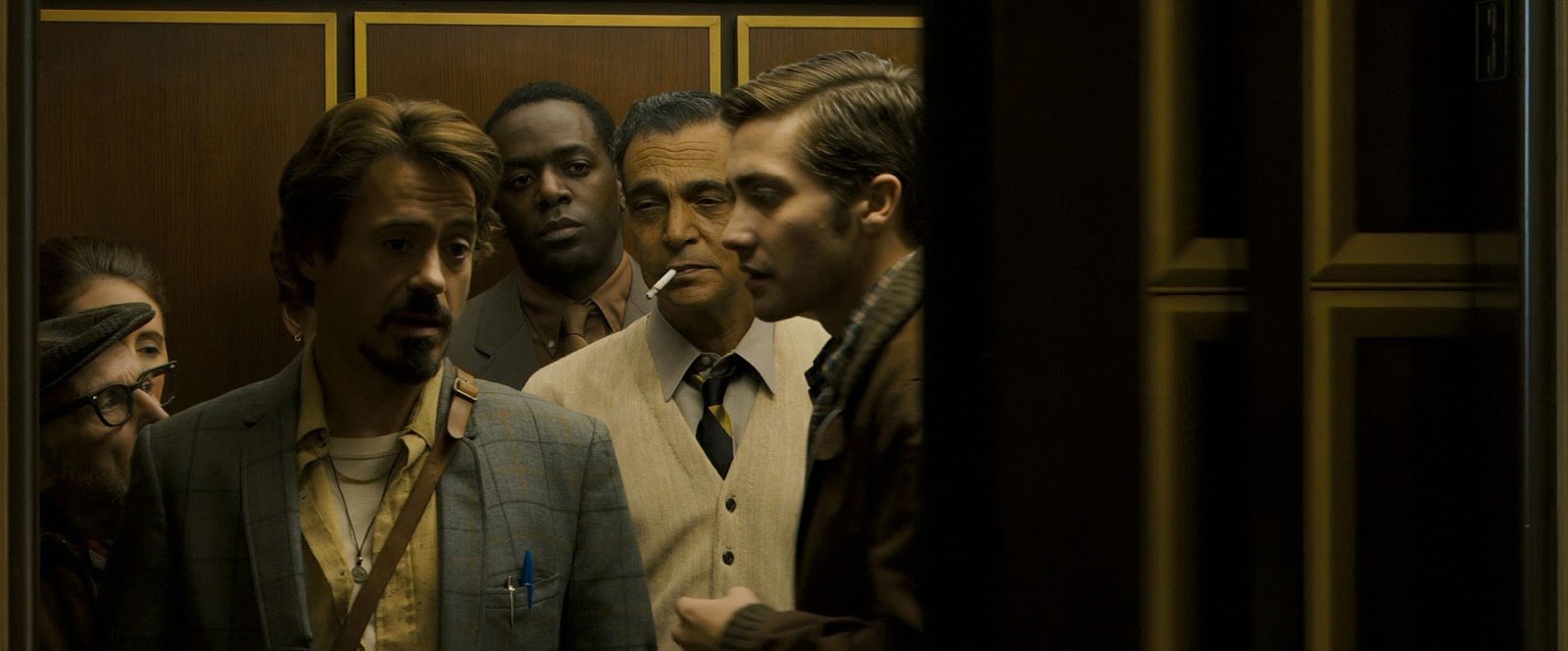
Quick Tip: Cars Move
Quick Tip - Cars Move
You're lining up a shot where a car is going to drive down a street and into frame and the rest of the scene will play out there. The actors rehearse and the crew is given the set. It is likely, and smart, for you to ask that the car be left in its final position so you can set your camera position and start to look for issues.
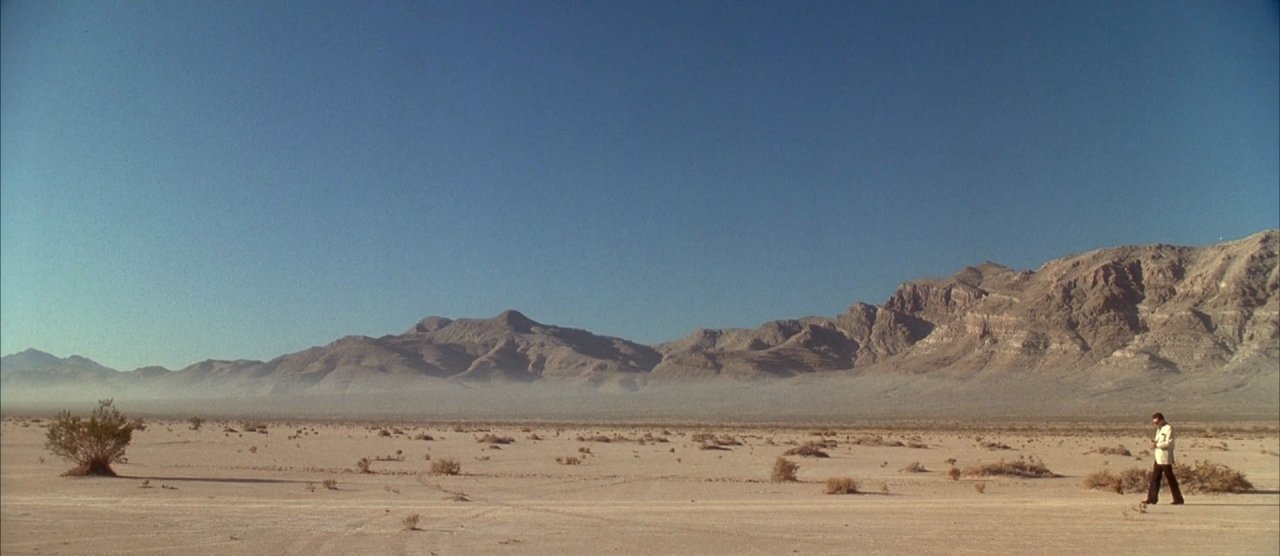
If It Works, It Works
As filmmakers, we have all sorts of tools at our disposal: dollies, cranes, Steadicam, handheld, insert cars, drones, and on and on. Sometimes, we can get caught up in the tech and forget about what we are really there to do: to tell stories.
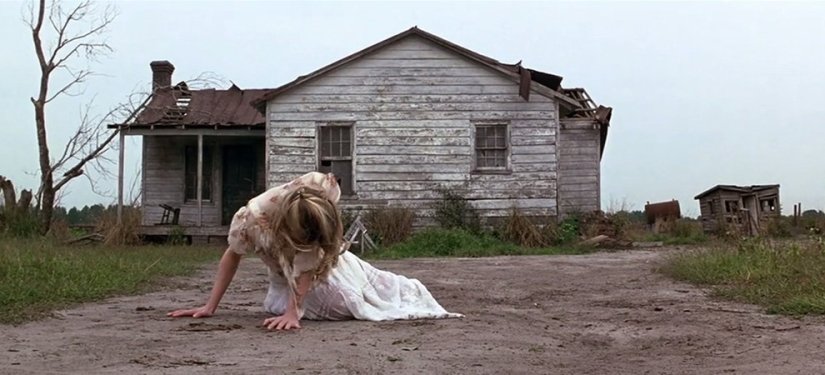
Operator Tidbits
Camera movement when necessary but, otherwise, try to let actors play the frame, even to extreme frames. Try not to adjust frames during a shot unless the shot requires it. Play the space not the subject.
Blockage is good as is foreground. Dirty frames whenever possible, even if it’s an element in the room and extreme angles as well when it tells the story.
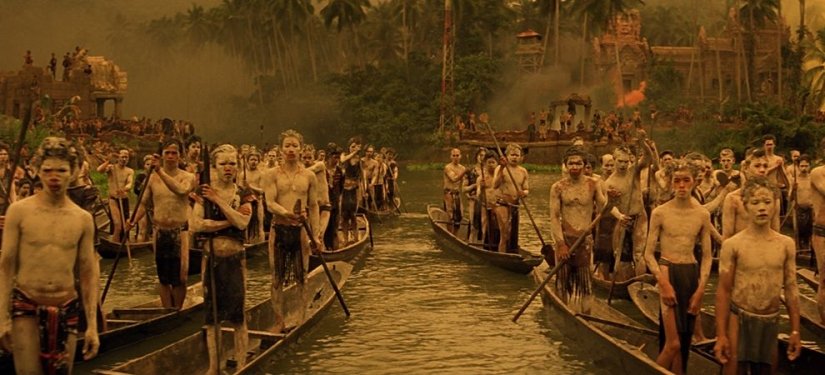
Framing and Composition
A ways back, an op that I was mentoring through Local 600 asked me if I could make a list of things I think about when operating. I started to jot things down and, over time, have added to it as I think of things. What I realized is that, much like driving a car since I was 16, having operated for 30 years, there are all sorts of things that I do and have learned that I don't think about.

